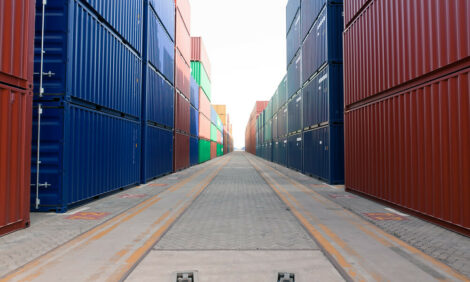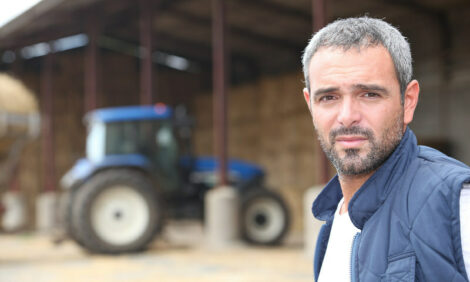



Little Profit Variability for Calf-Fed and Yearling Systems
US - High feed costs took their toll on Nebraska cattle producers last year, and with the uncertainty of this year's prices, many are looking at ways to cut costs.One way to reduce high feed costs is to look at how calves are finished – either in calf-fed or yearling production systems. However, recent analysis from UNL livestock economist Darrell Mark and UNL graduate student Becky Small found there hasn't been much difference between the two on average across several years, but the difference can be substantial in each year.
Mark and Small studied data and prices from 1996 to 2007 and compared profit and profit risk, or variability.
They found that with calf-fed finishing systems there is actually less profit variability, suggesting there can be more risk when it comes to a yearling background finishing system. This economic analysis continues work done by animal scientist Terry Klopfenstein, who studied the production performance of cattle placed into calf-fed and yearling systems.
The calf-fed system, common to Nebraska, is when calves are weaned in the fall and put on grain for about six months until slaughter weight. The yearling-finishing system analyzed in this project involved putting lighter-weight calves on winter corn stalks, then summer grass, and then finished out on grain until slaughter weight, about a year after weaning.
"Considering whether to grow and finish calves in each of the systems is very important in the last two years and will be again this year," Mark said. "Corn prices really influence which system is more profitable."
Corn prices, typically at $2.25, spiked last year at $7 a bushel, and are now back in the $3 to $4 range.
When corn prices are high, producers typically tend not to feed as many calves and use backgrounding methods such as corn stalks, summer pasture, etc. to keep them out of the feed yards. This equates to calves not eating as much corn.
However, this also drives up demand for those backgrounding inputs and makes things like pasture prices go up.
"We found that the calf-fed system was only slightly more profitable in the end after you consider all those other costs, about $2 a head, and was not statistically different from yearly system profits," Small said.
Mark said this may surprise a few people, especially those highly specialized in calf finishing because often the industry doesn't look at the total cost of backgrounding and finishing systems together. In addition, the yearling system is associated with more profit risk, and producers will need to own the calves 200 more days than calf-feds.
"Year after year profits tend to be more variable with yearling systems than calf-fed, and variability equals risk," Mark said. "The corn markets may make us shift to a yearling system, but that system is a riskier one overall in the long run."
Mark and Small also looked at the biggest drivers of profit risk from both systems and found it to be cattle prices.
"Cattle prices tend to drive profit variation over time more than cattle performance, more than corn prices," Mark said. "But when corn prices got very high, both systems became unprofitable."
When producers know what the key drivers are, they can hedge or protect themselves against those things. Hedging on average will reduce risk, but also has a chance of reducing profit as well. "The typical risk-return tradeoff exists here – to get profit risk protection through a routine hedging program, you usually have to accept a lower price," he said.
This makes it really important that producers evaluate the profit potential of each system before making a decision, Small said.



